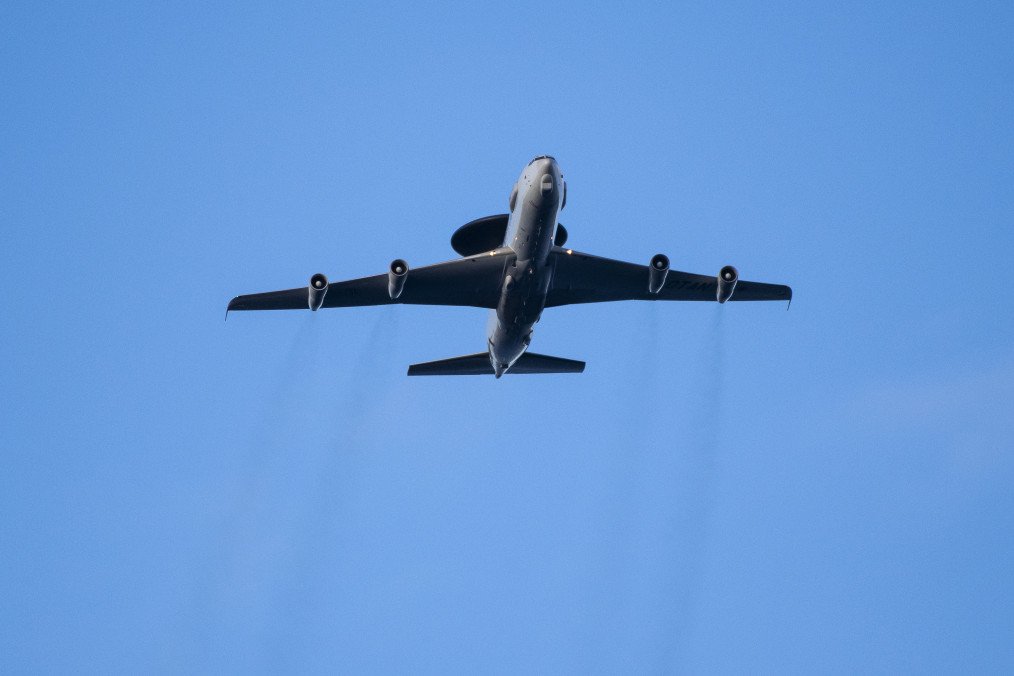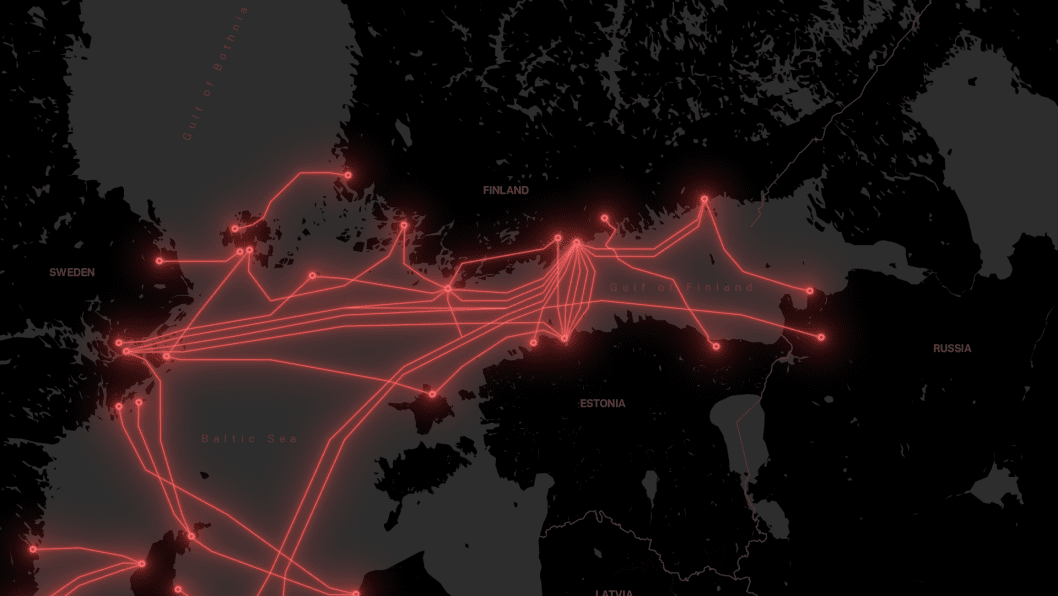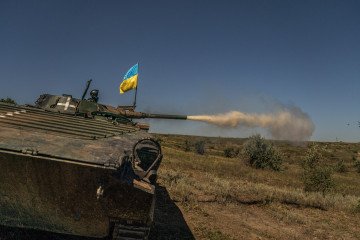- Category
- Latest news
NATO Deploys AWACS to Lithuania After Russia Sends 11 Warships to Baltic

NATO deployed the first of three E-3A Airborne Warning and Control System (AWACS) aircraft to Šiauliai Air Base in Lithuania on April 23, 2025, as part of enhanced vigilance activities in the Baltic region, according to NATO’s Allied Air Command.
The deployment is designed to bolster Allied air and maritime surveillance capabilities along NATO’s eastern flank amid ongoing regional instability and heightened tensions with Russia.
The temporary deployment will last several weeks and aims to reinforce NATO’s situational awareness and deterrence posture.
Operating from Lithuania, the AWACS aircraft will conduct routine surveillance missions over the Baltic Sea region, transmitting real-time data to NATO command centers to support rapid decision-making and multinational coordination.
The E-3A Sentry, commonly known as AWACS, provides 360-degree radar coverage of aerial and maritime targets at ranges exceeding 400 kilometers.
Originally developed from the Boeing 707 platform, the aircraft is equipped with advanced detection and communications systems that allow it to track multiple targets and coordinate with other assets, including interceptor aircraft and maritime patrols.

Although unarmed, the platform plays a critical role in battlespace management, air policing, and crisis response operations.
This deployment also supports NATO’s Agile Combat Employment (ACE) framework, which emphasizes the use of forward-operating locations to improve responsiveness and operational flexibility. From Šiauliai, AWACS crews are conducting training in complex scenarios and integrating with Lithuanian infrastructure to improve interoperability.
NATO’s AWACS fleet has been in service since 1977 and remains central to the Alliance’s airborne surveillance and command-and-control architecture. The aircraft have supported operations across multiple theaters, including the Gulf War, the Balkans, Afghanistan, and Libya.
Earlier in April, Russia conducted large-scale naval exercises in the Baltic Sea involving 11 warships, including Kalibr-armed corvettes and a Kilo-class submarine. The drills began just days after Germany and Estonia intercepted tankers linked to Russia’s shadow oil fleet, prompting speculation that the maneuvers were intended as a show of force.



-72b63a4e0c8c475ad81fe3eed3f63729.jpeg)





-111f0e5095e02c02446ffed57bfb0ab1.jpeg)